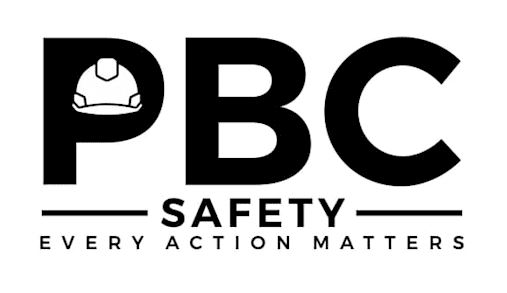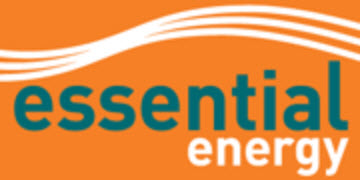Title Page
-
Document No.
-
Audit Title
-
Client / Site
-
Conducted on
-
Prepared by
-
Location
-
Personnel
Jobsite Information
-
OSHA and other job site warning posters
-
Tool box safety meeting material on site
-
Adequate first aid equipment available
-
Forms for job site injury and accident records posted<br>
-
Emergency telephone numbers conspicuously posted
General safety
-
General neatness of working areas
-
Passageways and walkways clear
-
Slip, trip, and fall hazards identified and cleared
-
Overhead hazards identified
-
Dust/silica control in place
-
Adequate lighting provided and maintained in work areas
-
Sharp objects properly protected
Fire prevention
-
Fire extinguishers identified, checked monthly
-
Safety cans have self closing lids and flame arresters
-
"No smoking" signs posted and enforced where needed
-
Storage, use/handling of flammable/combustible liquids in accordance with standards
-
Clearance, proper mounting, ventilation of temp. heating
Electrical installations
-
Extension cords free of visible defects
-
All terminal boxes equipped with proper covers
-
Proper guards on temporary lighting
-
GFCI or assured grounding in use
-
Lock/out tag/out procedures being used
Hand tools/power tools
-
Proper tools for each job
-
All tools in good condition and free of defects
-
All power operated tools properly guarded
-
Electric tools grounded or double insulated
-
Power cords on tools in good condition
-
Powder actuated tools: operator certified
Ladders
-
Ladders inspected and in good condition
-
Ladders proper height for work
-
A frame ladders used in open position
-
Workers do not use top two steps of a frame ladder
-
Straight ladders are secured and extend 36 inches above landing
-
Extension ladders are not taken apart and used in separate pieces
Scaffolding
-
Scaffolding is completely constructed
-
Guardrails and toeboards on all scaffolds and platforms higher than 6' or where needed
-
Proper access is provided, stairs or ladders
-
Scaffold wheels are locked when in use
-
Wire mesh or equivalent available for scaffolds when persons must pass under scaffold
-
Working platform is fully planked with OSHA grade planks
-
Scaffold is properly secured when required
Barricades
-
Floor openings planked or barricaded
-
Roadways and sidewalks effectively protected
-
Traffic controlled
-
Fencing provided where necessary
-
Warning signs posted where necessary
Handling and storage of material
-
Are materials properly stored or stacked
-
Are passageways clear
-
Are materials protected from weather conditions
Excavation and shoring
-
Sheeting, shoring, and bracing in place (greater than 5')<br>
-
Sloping and bracing where necessary (greater than 5')
-
Access and egress provided (greater than 4')
-
Guardrails in place (over 6')
-
Is equipment, tools, and spoils at least 2 feet from edge of excavation
-
All operators of heavy equipment are qualified and wearing seatbelt while operating.
-
Have underground utility lines been located and marked
Demolition
-
Is there protection of adjacent structures
-
Are material chutes used
-
Have concealed utility lines been located and marked
Welding and cutting
-
Welders and fireguards are properly certified
-
Hotwork permits in place
-
Screens and shields available
-
Goggles, clothing, gloves available
-
Fire extinguishers of proper type
-
O2 & acetylene bottles separated by 20 feet or half hour fire rated barrier
-
Flammable materials protected
PPE
-
Hard hats worn by workers
-
Safety glasses or goggles used when required
-
Respirators or masks used when needed
-
Proper work shoes worn
-
Appropriate hearing protection
-
Proper protective clothing when required
Cranes and Rigging
-
All rigger and signal persons are certified
-
Daily crane inspection completed by operator
-
All rigging in good condition, working properly, and tagged
-
Tag lines being used to control loads
-
Stable ground conditions and level
Fall protection
-
Workers exposed to 6' or more have proper fall protection
-
Use of proper anchorage (5,000 lbs or more)
-
Guardrails and handrails at proper heights and erected correctly
-
Fall protection equipment inspected and in good condition
-
Fall protection training











